Real diversity is more than “inclusion”
Midway Staff
Reporter Audrey Matzke argues that the goal of simply “including” marginalized identities in art inhibits true self-expression and diversity.
December 10, 2021
We’ve see it all too often: Disney touts the inclusion of a queer, polyamorous tree-frog of color in their forthcoming animated feature, Tucker Carlson loses his mind, and the gears of culture-war start turning once again. As soon as the film is released, however, we only see the tree-frog on screen for about three seconds. Blink, and you’d miss it.
When Disney (or any other media giant) fixes to beguile its progressive audience, they aren’t in the business of writing good characters. If they were, the lesbian couple in “Finding Dory” or the live-action incarnation of “Beauty and the Beast’s” Le Fou would have stories of their own — something real, imbuing them with more than just the trappings of cynical diversity-bait. But time and time again, we fall for it, and Disney keeps turning a steady profit — all the while never truly representing the communities it exploits.
If diversity is to be our aim, we can’t just limit our aspirations to “inclusion,” thus ceding more territory to the mass market. Instead, we should seek out art created by and for people of the identities we wish to see represented.
If I were to approach this charitably, I’d grant that Disney must be “trying its best” — striving for something approaching inclusion within the inescapable confines of what their audience already knows. But as a multi-billion dollar enterprise, charity’s the last thing Disney needs. This leaves but one explanation: Disney wants to have its cake and eat it too, media subversive enough for the TikTok crowd but comfortable enough not to turn away evangelical moms and overseas censors.
The market for inclusivity is self-evident, but if we wish to uplift these artists at their most authentic, we need to look beyond mere marketability.
— Audrey Matzke
While we can’t expect major corporations to prioritize anything other than profit, we can engage with the work of less profitable creators. The market for inclusivity is self-evident, but if we wish to uplift these artists at their most authentic, we need to look beyond mere marketability.
And yes, that which is authentic isn’t often marketable. Two years ago, I spent the better half of an English elective reading Leslie Marmon Silko’s “Ceremony,” a winding, breathless Native American Renaissance novel punctuated with bouts of Laguna folklore entirely foreign to most of the white Western world. Many of my classmates disliked it, frustrated by its seeming impenetrability, but the more I allowed myself to delight in its depth, the more rewarding a read it became.
Often, marginalized people produce marginalized art. We need to uplift both, even when the latter lacks the mainstream appeal of a Marvel movie, or the ubiquitousness of YA “Hunger Games” pastiche.



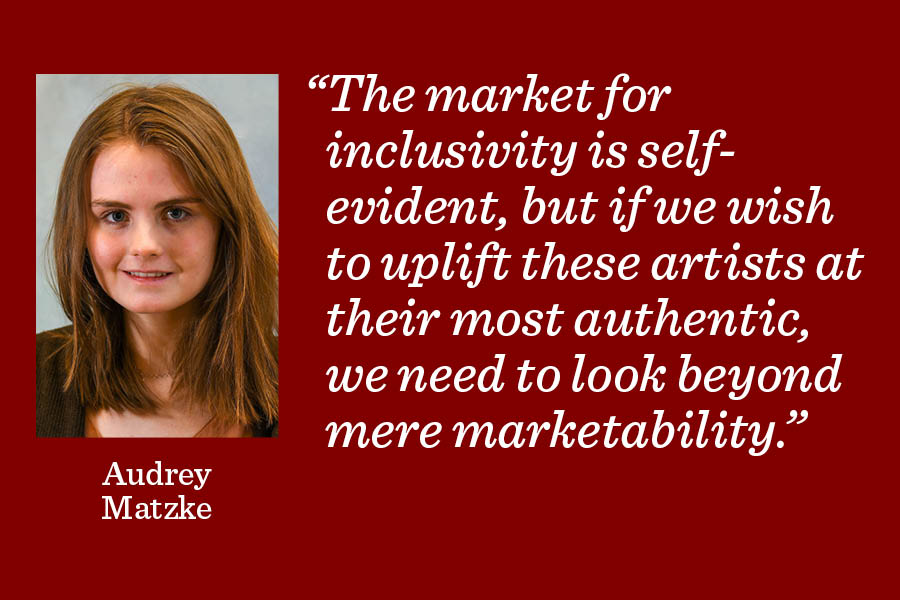




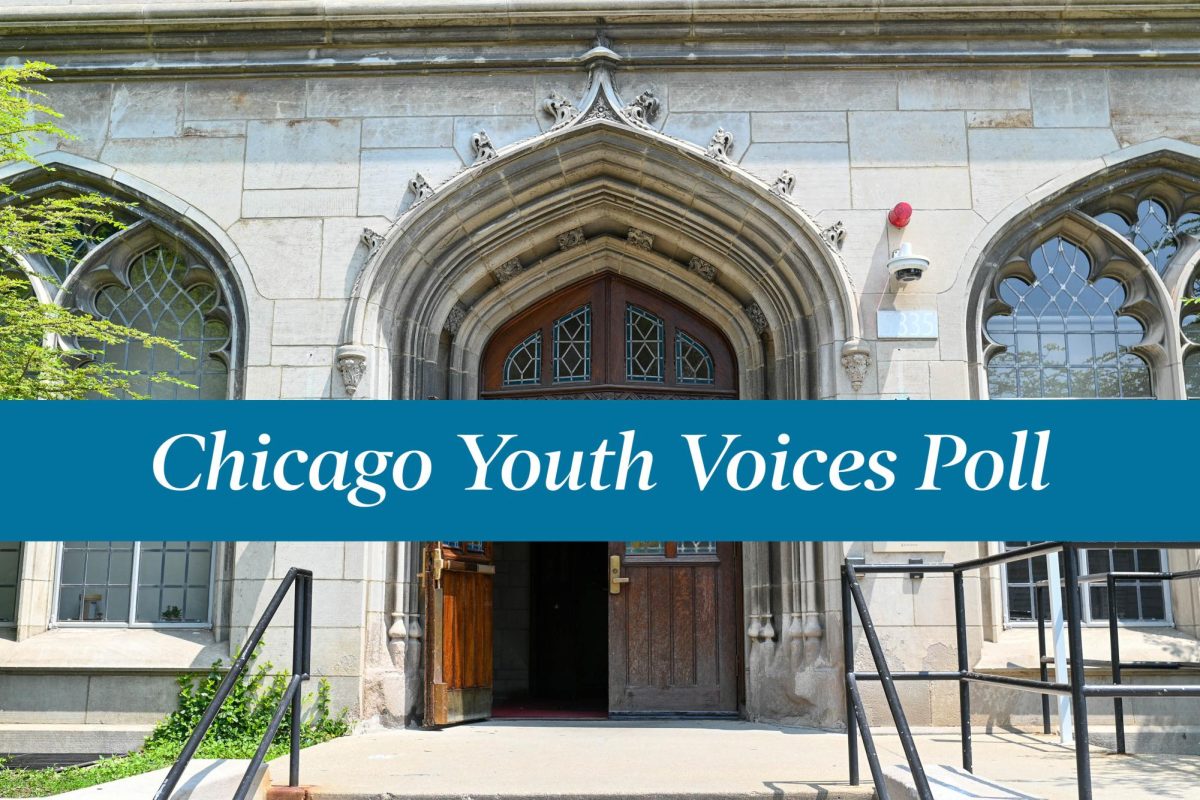
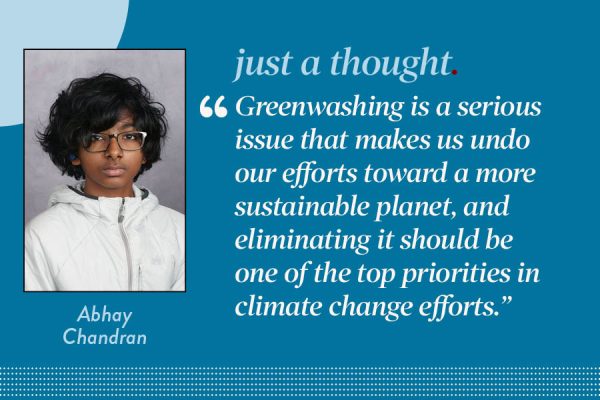
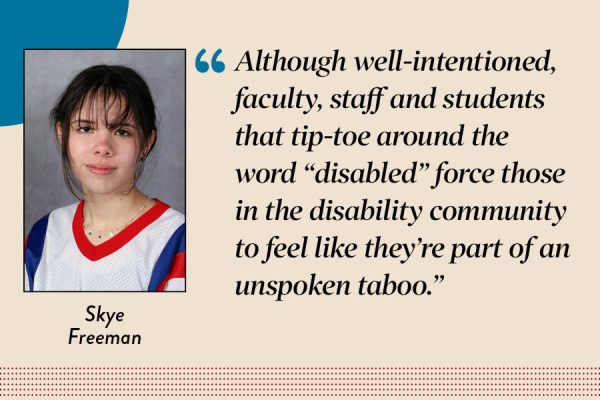
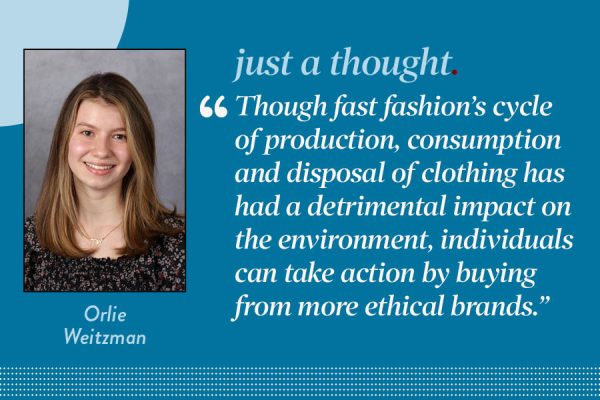
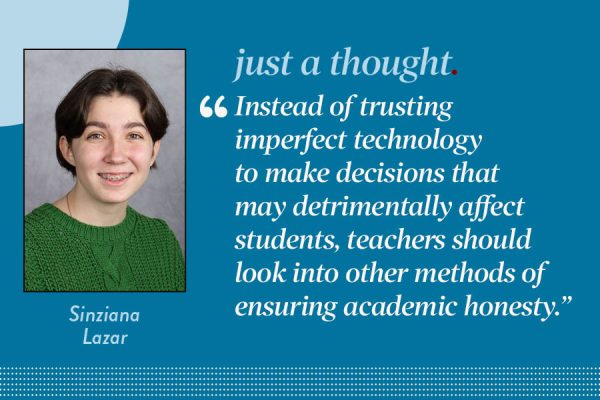

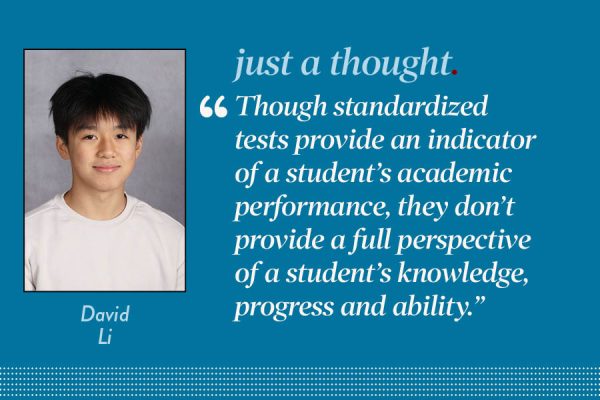
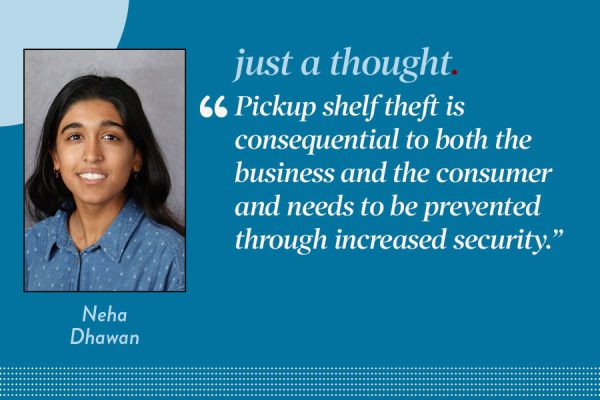
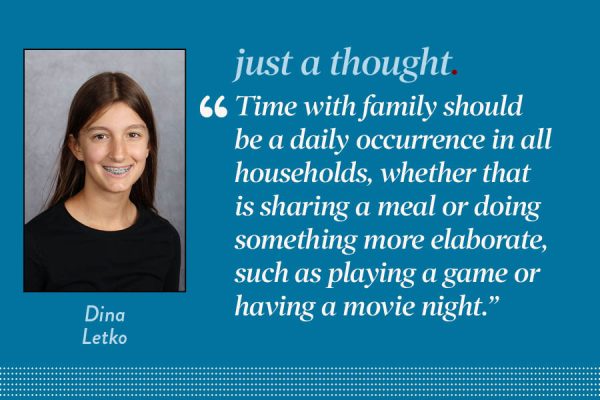

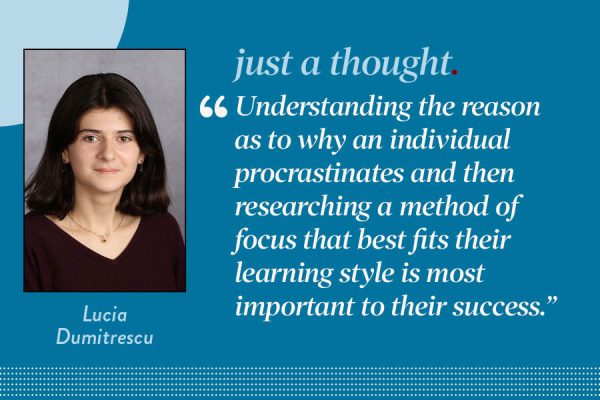
Harry Bims • Dec 11, 2021 at 5:45 pm
Well said. The point of diversity should be the affirmation of the power and beauty that only comes from diversity.